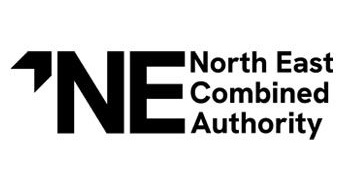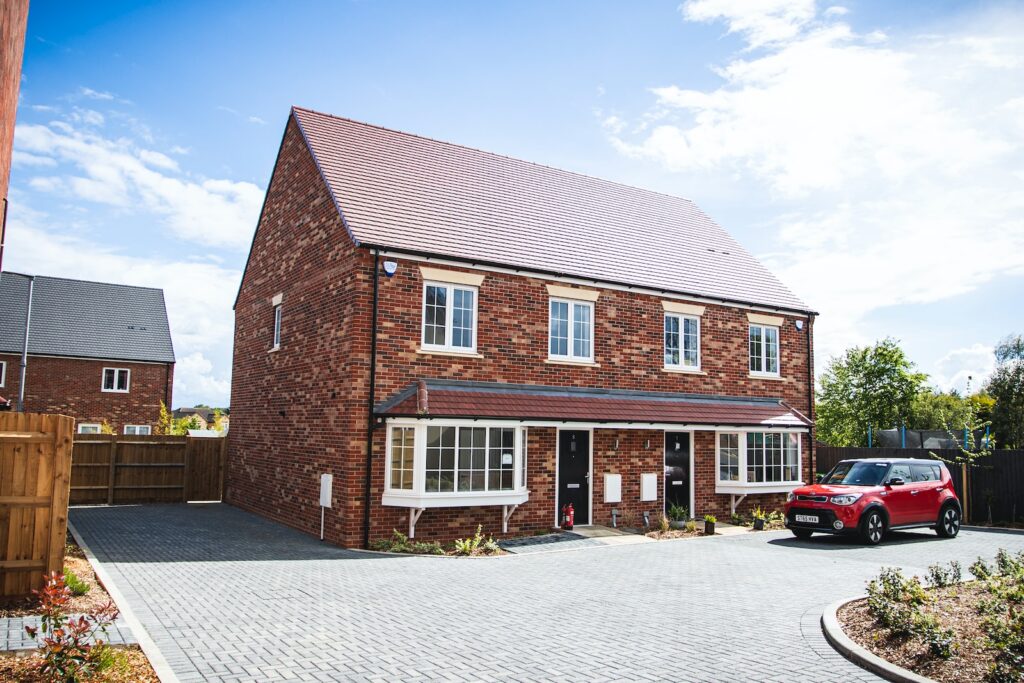Maggie Rafalowicz, Director Campbell Tickell, writes alongside Eddie Magowan & Kathleen McKillion, Senior Associate Consultants, about how Ireland’s social rented housing sector can deliver homes while also remaining financially sustainable.
Ireland’s Approved Housing Bodies (AHBs) have played a key role in the delivery of new social rented homes over recent years, including more recently, Cost Rental homes. Under the government’s Housing For All action plan, the sector is expected to contribute 43% (38,000) of new social rented homes and 48% (8,600) of new Cost Rental homes by 2030. This represents around 4,200 new social rented homes per year – over a quarter more than the total number delivered in 2021.
Campbell Tickell was engaged by the AHB representative organisation – the Irish Council for Social Housing (ICSH) – to research the sector’s overall financial position and capacity. This was to develop a ‘strategic financial road map’ that would enable AHBs to deliver social, affordable and supported housing at scale and achieve the Housing for All targets. We presented the report at ICSH’s Finance and Development Conference in October 2022 in Sligo. Here are the key findings.
Key findings
In engagement and discussion through the project, a vision was developed that, by 2030, the AHB sector will:
· Continue its significant contribution to addressing the national housing and social need by delivering social rented housing and Cost Rental housing at scale, and providing support and special needs services to communities across Ireland.
· Be recognised by the government as an independent, capable and trusted partner in the delivery of housing and social policy.
· Be recognised as a professional, well-governed and regulated sector with clear commitment and capability to deliver business plan objectives in a safe and sustainable financial environment.
· Be confident it has the resources and support to maintain its assets, deliver quality services and continue providing high standards of tenant support to sustain thriving communities across Ireland.

Challenges to meet
To deliver this vision, there are challenges that must be addressed.
The capital cost of new social rented housing is largely funded by 100% debt. This creates a particular issue for some larger AHBs. The rapid and substantial increase in the overall level of debt being carried in their balance sheets has led to a consequent increase in their financial gearing.
High gearing could hinder AHBs’ ability to attract sufficient non-government funding at scale to support the continuing delivery of social housing. Possible solutions here could include:
(a) Reintroducing government grant funding
(b) Early repayment of CALF (Capital Advance Leasing Facility) loans
(c) Conversion of CALF to a state equity advance
A further challenge is the shortfall in rent revenues used for management and maintenance costs on some older housing stock, where the growth in rents on these units has not kept pace with increased costs.
There are concerns over the long-term funding arrangements for operating and maintaining schemes funded by Payment & Availability (P&A) Agreements, once agreements have run their course. This also affects the ability to utilise unencumbered stock as security for refinancing to enable the development of new homes.
A more sustainable approach is needed for funding supported housing and special needs services, which remain important especially at local level.
More sustainable approach
A range of approaches were identified to address these issues. Examples include greater financial support for special needs services, which could be delivered through multi-annual funding packages alongside greater involvement from the Housing Finance Agency, local authorities and the Health Service Executive.
Better collaboration between government departments that fund housing and care would also be beneficial. In addition, sharing of services between AHBs could help relieve growing administrative pressures on smaller associations. The report recommended this should be pursued by ICSH with larger AHBs, the Housing Agency and the Department of Housing, Local Government and Heritage.
Financial road map
Our work with ICSH has highlighted the key elements of a ‘strategic financial road map’ to enable AHBs to continue delivering social, affordable and supported housing at scale through to 2030:
· Securing a common and informed understanding with government departments and agencies of the true nature of the issues and challenges faced by the sector.
· Identifying a range of actions to promote greater trust and cooperation between the sector and state agencies.
· An urgent need to close gaps in ‘legacy’ revenue funding and secure income streams that recognise AHBs’ long-term commitments to support tenants, sustain social housing properties and maintain services to marginalised and vulnerable groups. This must also ensure that unencumbered stock can be utilised as security for refinancing to enable the development of more new homes.
· Securing an early solution to the gearing issue, together with a more robust approach to balance sheet management – particularly debt risk management – as part of a safe and sustainable approach to financial management. This would allow AHBs to use their balance sheets to unlock additional financial capacity and drive the delivery of new social housing.
Initial indications from government bodies appear positive. The sector looks forward to positive future engagement enabling the road map to be implemented.
Commenting on the report, Éadaoin Ní Chléirigh, director of development operations at the Irish Council for Social Housing, said: ‘The CT/ICSH Building on Success; A financial Roadmap for the AHB sector report is already influencing financial discussions and planning in the AHB and government sectors.
‘The report sets out key issues to be addressed if the ambitions of government policy and AHB boards to deliver social housing at scale are to be realised.
‘The report was delivered in a tight time frame by CT. It was consultative in that it included a key cross section of AHBs and rigorous in its deep analysis of current internal financing of AHBs.
‘This report will be dog-eared, widely used in the sector by policy makers and practitioners alike.’
This article will feature in Campbell Tickell’s December CT Brief – Issue 63.
Photos by Tommy Bond and James Feaver



















Leave a Reply